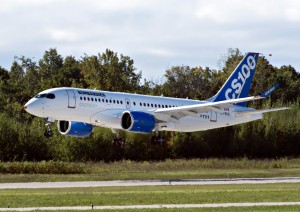
The days of airline passengers having to turn off electronic devices during takeoff and landing may soon be over if the Federal Aviation Administration heeds recommendations from its advisory committee.
Although the FAA advisory committee’s recommendation has not been officially published or made available to the public, the FAA does acknowledge its existence.
“The FAA received the report and recommendations today (Sept. 30) on the expanded use of personal electronic devices,” FAA spokesman Les Dorr told The New York Times. “The administrator will review the report and determine next steps.”
Airplane passengers would still not be able to send or receive cellular data. In other words, airplane mode would need to be activated on smartphones and tablets so that data is not sent or received from cellular towers. WiFi could still be enabled and used.
Qurdi Sánchez, a pilot and BYU senior from Santo Domingo, Dominican Republic, does not foresee any technical difficulties arising from use of electronic devices during landing and takeoff. However, he does foresee an increase in competition for services airlines currently offer.
“Think about JetBlue,” Sánchez said. “They invest a lot of money so you can pay and see video on demand while you are flying. If you give WiFi to people, they will be able to do anything they please (with their personal devices). If JetBlue does enable (WiFi), those devices will compete with the services they offer.”
Other BYU students are thinking more about safety.
“They should do several test runs with autopilot systems and a plane full of turned-on iPads, laptops and cell phones. If no planes go down, I’m all for it,” said Adam Lourenco, a senior from North Providence, R.I., studying mathematics.
Reuters reports that the committee recommends that larger devices such as laptops still be stowed during landing and takeoff. This recommendation comes with the purpose of limiting the risk of these devices moving and potentially injuring people.
In 1966, FM radios were banned from in-flight use after concerns emerged that they were interfering with aircraft navigation and communication equipment. In the 1990s, studies were conducted by the FAA, and it was determined that devices that do not send or receive transmissions could be used once the aircraft reached 10,000 feet. Telephone calls are allowed after an aircraft has touched down.
The committee making the recommendation consists of representatives from 28 different companies and organizations, including Amazon, navigation company Garmin and American Airlines. The official name of the committee is the Portable Electronic Device Advisory and Rulemaking Committee.
It is currently unknown when these changes would go into effect.




